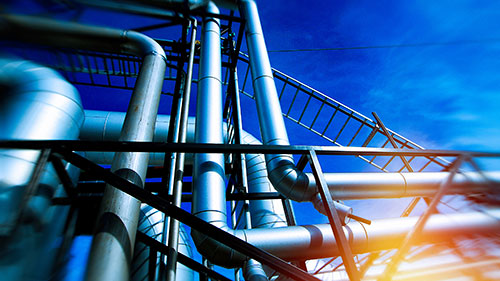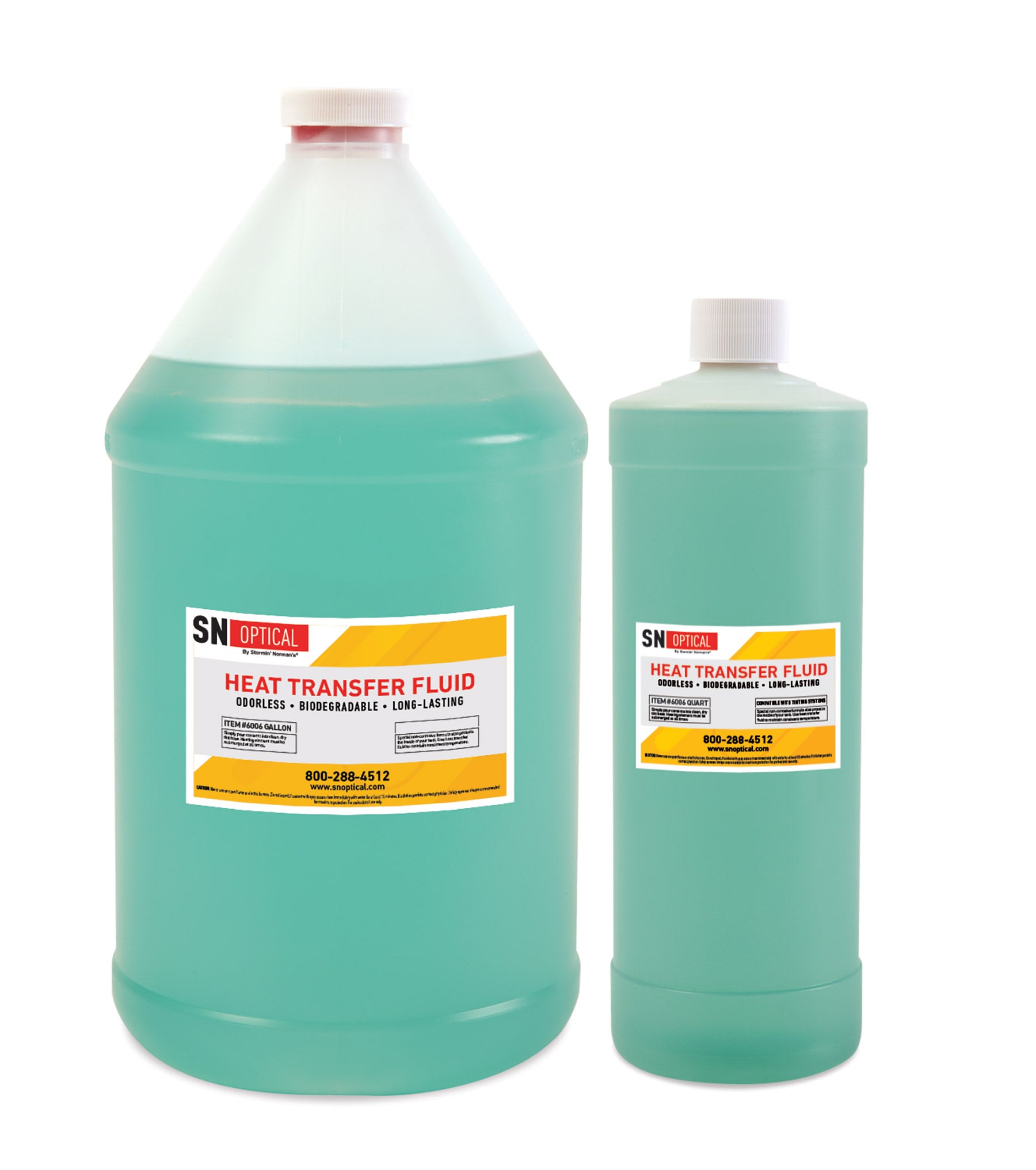How to Select the most effective Heat Transfer Fluid for Industrial Applications
Wiki Article
Exactly How Heat Transfer Fluid Adds To Lasting and Affordable Workflow
In the contemporary industrial landscape, the duty of warmth transfer liquids (HTFs) in promoting sustainable and cost-effective procedures can not be overemphasized. These fluids are pivotal in enhancing thermal administration systems, consequently considerably enhancing power performance and reducing operational prices. The environmental advantages of advanced HTFs, with their high thermal stability and reduced poisoning, are indisputable. They not only extend system longevity but additionally add to the decrease of unsafe emissions. Yet, the real possibility of HTFs is recognized through the meticulous selection procedure, making certain compatibility and safety. But what factors should direct this essential option?Comprehending Warm Transfer Fluids
In the world of thermal monitoring, warmth transfer fluids (HTFs) offer as essential representatives for moving thermal power from one place to another. These fluids play a critical duty in numerous commercial applications, consisting of chemical handling, power generation, and A/c systems.The structure of heat transfer fluids can differ considerably, consisting of options such as mineral oils, synthetic oils, glycols, and molten salts. Each type provides distinctive advantages, such as improved thermal stability, low thickness, and high boiling points, which are chosen based on particular functional demands. Furthermore, the selection of HTF influences not just the performance of warmth transfer however additionally the durability and safety and security of the system in which it is employed.
As markets continue to innovate, the development of innovative HTFs, defined by their enhanced thermal conductivity and minimized environmental effect, is vital for meeting the needs of contemporary thermal monitoring obstacles.

Enhancing Energy Performance

Improving power performance has actually become an extremely important issue throughout various industries, prompting a better evaluation of heat transfer fluids' role in enhancing thermal monitoring systems. These liquids are integral to maintaining the preferred temperature level in procedures, thus decreasing energy waste and improving general system effectiveness. By choosing a suitable warmth transfer fluid, markets can dramatically improve their power performance, bring about decreased power consumption.
Advanced solutions of heat transfer fluids have been created to stand up to severe temperature levels while preserving stability and efficiency. These advancements expand the functional life expectancy of the fluid, minimizing the regularity of substitutes and energy-intensive upkeep activities. Moreover, making use of synthetic or bio-based fluids offers extra advantages in terms of minimized environmental effect, straightening with international sustainability goals. Enhancing energy efficiency with ideal heat transfer fluid option is not just a technological need but additionally an environmental critical.
Reducing Functional Costs
Operational expenses are a considerable factor to consider for industries seeking to maintain competitive benefit, and the selection of warmth transfer liquid plays an important function in expense administration. Picking an appropriate heat transfer fluid can result in considerable expense savings by enhancing system efficiency and decreasing energy usage. High-performance this article fluids lessen their website thermal deterioration, which consequently decreases the frequency of fluid replacement and downtime connected with maintenance, thereby lowering functional expenditures.Moreover, warmth transfer liquids with premium thermal security and rust resistance prolong the life-span of tools. This lowers the demand for regular repair services and replacements, which can be costly and disruptive to procedures. By buying top notch liquids, sectors can achieve long-lasting reductions in maintenance expenses and improve the dependability of their systems.
Furthermore, progressed heat transfer fluids commonly show lower viscosity at operating temperature levels, which enhances pump effectiveness and minimizes power use in liquid circulation. Lots of modern-day warmth transfer fluids are engineered to operate efficiently over a wide temperature level array, decreasing the demand for numerous fluid types, consequently simplifying inventory requirements and decreasing connected prices.
Ecological Influence Reduction
The push towards decreasing environmental impact has actually acquired momentum in industries leveraging warm transfer fluids. Business are progressively acknowledging the importance of reducing environmental footprints by embracing sustainable practices. Heat transfer fluids (HTFs) play a crucial function in this shift, providing chances to improve energy efficiency and reduce exhausts. By picking HTFs with high thermal security and reduced toxicity, industries can ensure marginal leak and degradation, thus minimizing Full Article harmful ecological launches.Moreover, using sophisticated heat transfer liquids adds to better system effectiveness, reducing the general power usage. This reduction not just causes expense financial savings yet also reduces carbon dioxide discharges, aiding in the battle versus climate change. Liquids that are naturally degradable and recyclable even more boost sustainability efforts, as they lessen waste and promote circular economic situation methods.
Additionally, integrating HTFs into closed-loop systems stops fluid loss and contamination of the surrounding environment. This approach guarantees that fluids are reused, lowering the demand for brand-new sources and limiting waste generation. By embracing these eco mindful approaches, industries can dramatically diminish their environmental impact while preserving high functional efficiency, lining up with international sustainability objectives and regulatory demands.
Picking the Right HTF
Picking the ideal heat transfer fluid (HTF) is a crucial action in advancing environmental sustainability within industrial procedures. The selection of HTF straight influences system efficiency, energy usage, and ecological effect. An ideal HTF ought to have a high thermal capability, reduced thickness, and high thermal conductivity to make certain efficient warm transfer. In addition, its security over a wide temperature level range is essential to avoid destruction, which can bring about boosted exhausts and waste.When selecting an HTF, it is vital to consider its compatibility with system materials to avoid corrosion and chemical reactions. This ensures longevity and reduces upkeep expenses. The fluid must be non-toxic and biodegradable, minimizing its eco-friendly footprint and ensuring conformity with environmental regulations. The lifecycle expense of the HTF, encompassing acquisition, operation, and disposal, should also be assessed to guarantee financial expediency.
Final Thought

Report this wiki page